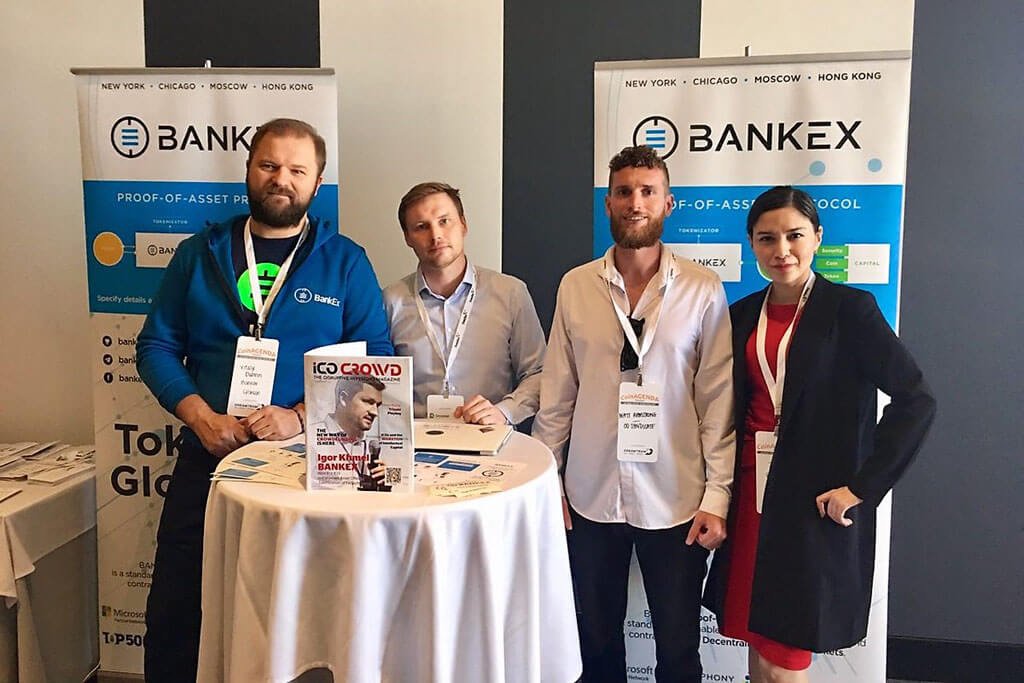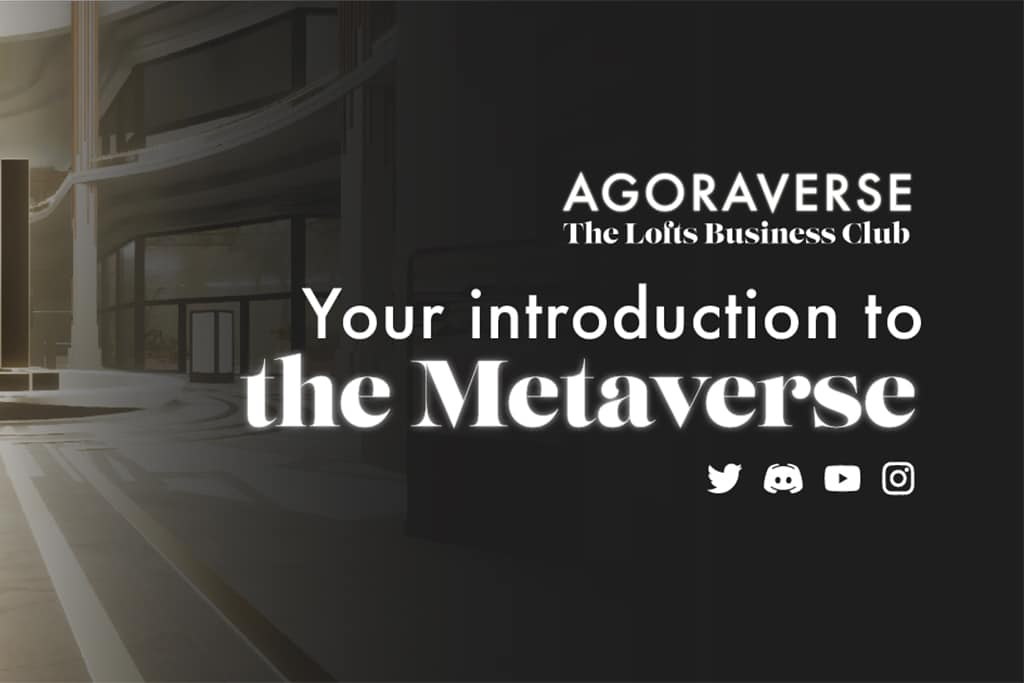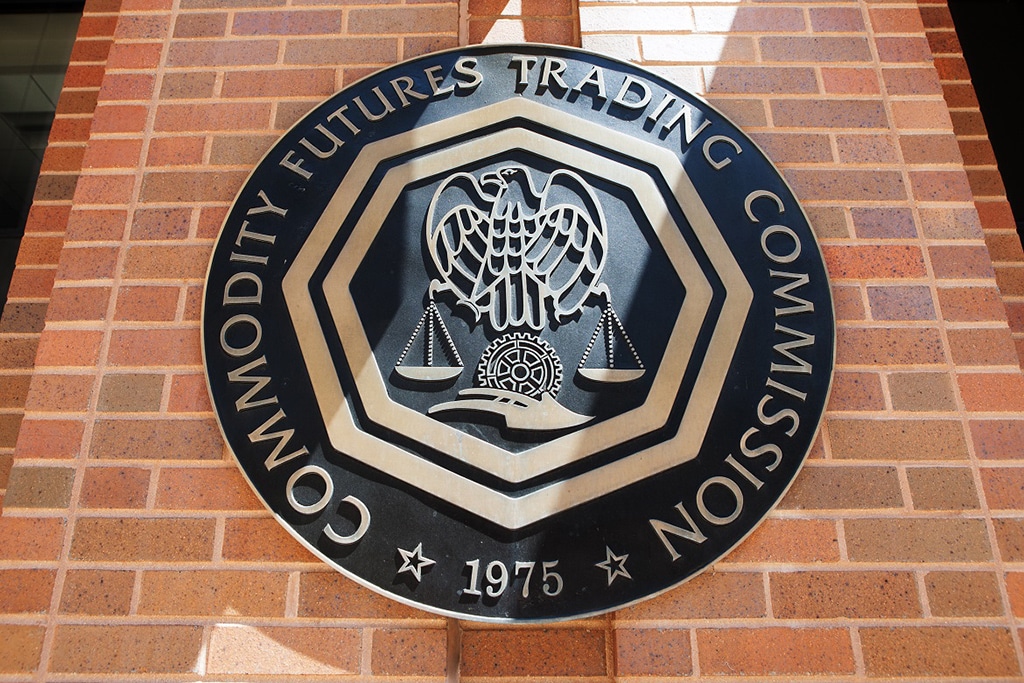
Please check out latest news, expert comments and industry insights from Coinspeaker's contributors.
Blockchain-based FinTech startup BANKEX is building a Proof-of-Asset protocol (PoA), a standard that enables a new generation of assets and contracts creating Decentralized capital markets.

With the emergence of Bitcoin and the first blockchain back in 2008 there have been multiple projects trying to disrupt their industry and introduce a new (often decentralized) form of validating information.
Both the Proof-of-Work and Proof-of-Stake protocols have demonstrated their value in the world of cryptocurrencies and have been a great success in multiple projects that operate by way of secure, irreversible transactions.
While the tech markets managed to quickly grasp both the benefits of said protocols, and the flexibility that blockchains provide, traditional businesses, working with physical assets, were left behind, unable to utilize the new technology to represent their assets on the blockchain.
Today let us talk about a technology that will likely redefine the financial markets, a technology that was developed and introduced by BANKEX it’s called the Proof – of – Asset protocol.
BANKEX is altering the financial sector by uniting Bank-as-a-Service (BaaS), Internet of Things (IoT) and Artificial Intelligence (AI). BANKEX is delivering principles of decentralization to unwieldy financial market by introducing it’s Proof – of – Asset (PoA) protocol that is built using blockchain technology.
PoA provides instant asset audit, giving every investor a tool to track the status of their funds invested in non-public companies. With the help of this techn businesses that provide legal, accounting, auditing, collection and other supporting services will be forced to change in order to remain relevant in the new market. Transparency and transaction speed that comes along with PoA will modernize all tools used to assess and validate cash flow.
BANKEX creates separate pools for similar asset types, these pools form a marketplace where transactions with tokenized assets can take place. By way of segmentation and with the help of the PoA there is no need for accumulation of critical mass in order to push an asset on to the market. Therefore, transactions happen faster and assets become liquid as soon as they are tokenized.
It is obvious that tokenization has created a lot of hype. Tokenization is a process that aims to protect sensitive data. In laymen’s terms this is achieved by replacing such data with token which is an encrypted digital key generated randomly by an algorithm.
The token then is a representation of vital information about an asset. In the case of PoA the tokens are actually backed by real assets. Tokenization therefore adds financial value to an asset by enriching it with a Smart Contract that will be responsible for it.
Financial markets are struggling to overcome several asset liquidity related problems: number of asset owners, high asset allocation, assets take a lot of time to reach liquidity, non-public companies’ inability to feature on the financial market, complicated internal processes, high expenditures, complex collaterals and exhausting procedures to withdraw an asset in case of failure.
BANKEX hopes to provide a solution that will deal with all of these issues. In order to be eligible for tokenisation only one requirement must be met – the asset must generate cash flow.
BANKEX has created an ecosystem that is a synergy of Bank – as – a– Service, PoA protocol and blockchain technologies.
Bank -as-a-service is an alternative to the traditional brick and mortar banks delivered on the principles of SaaS. This model provides the functionality to deliver a variety of financial products f by way of APIs and tech processes.
As the fintech sector continues to grow fast, BaaS model helps businesses expand their potential and reach a larger client audience providing more services at a fraction of the cost. Another reason for the predictable success of BANKEX is – trust, which decentralized blockchains bring forth.
PoA protocol involves 3 types of “players”. BANKEX has separated them into three groups originators, suppliers and product owners.
Originators are owners of an asset (seller). BANKEX also introduces two sub-categories of originators: they can be either asset owners themselves (Originator End Client) or financial institutions, that represent real asset owners (Originator Agent). In both cases the objective of their role is to provide all the necessary information that is required for an asset to enter the ecosystem of BANKEX and be tokenized.
Suppliers would be referred to as buyers on the traditional market; suppliers purchase the tokenized asset. By doing so they play the role of investors for the originators. Suppliers may also be represented either by an end investor( Supplier End Client) or by a professional representative (Supplier Agent), e.g. bank, fund, infrastructure owner etc. The supplier’s main objective is to buy liquid assets to enrich their portfolio.
Product owners are companies that create fintech products. A good example of these companies is. BANKEX itself, they own the Smart Contract technology and have the ability to tokenize an asset. Product owners – are owners of the technology that is required for the protocol to operate. Companies with industry specific experience can join BANKEX and become Product Owners in order to create new products and product instances.
BANKEX aims to ensure that all the participants benefit more that they currently are: originators receive new business opportunities, suppliers increase their investment portfolio, product owners benefit from supporting transactions in the ecosystem.
There are basically just 4 stages in making the process a reality: Digitization, Tokenization, Asset trading, Dealing
During the first stage all the information on the asset is transferred to the digital form the stage is called Digitization. It is important that at this stage all the legal, accounting, ownership disputes are resolved, the information about the asset must be up to date before it is transferred into digital form and placed into the Smart Contract in the next stage.
Tokenization is one of the most important stages in the process since the token issued as a result will be considered a representation of some asset and offered on the market. The way this stage goes will have the most important impact on the final result, at this point in time the Product owner will create a Smart Contract and the digitized asset transforms into a Smart Asset. If needed BANKEX (Product Owner) initiates escrow services.
After the token is issued it flows into the next stage – Asset trading Once again the information about the token is confirmed if the token complies with a set of trading rules and regulation it is placed on the open market for anyone to purchase. It’s important to know that the price for every token will quickly adjust according to how much demand the token generates amongst investors.
Dealing represents the final stage. Here BANKEX ensures that the asset token is delivered to the supplier’s wallet, the BANKEX token is delivered to the originator (asset owner), and that all the conditions mentioned in the Smart Contract are met. To make this happen BANKEX runs Proof of Mining.
Here are a few real world cases that can benefit from BANKEX PoA protocol (asset capitalisation over $100 million):
Case 1: Investors are given a liquid asset after the future real estate is tokenized.
Case 2:In order to facilitate both the donation and donation tracking process. After the water tokens are purchased donors can track the waters delivery to the end consumer.
Case 3: To finance expansion i.e. new stores. Token owners can buy products in a retail chain as well as take part in the company decision making process.
BANKEX technology is already approved by 10 banks with $431 billion capitalization, tech giants, e.g. Microsoft Corporation. BANKEX is one of Top 50 fintech startups in the world. BANKEX has successfully initiated dialogue amongst the members of the crypto community, and now their Token Sale date has been set – November 28th, 2017.

Please check out latest news, expert comments and industry insights from Coinspeaker's contributors.




